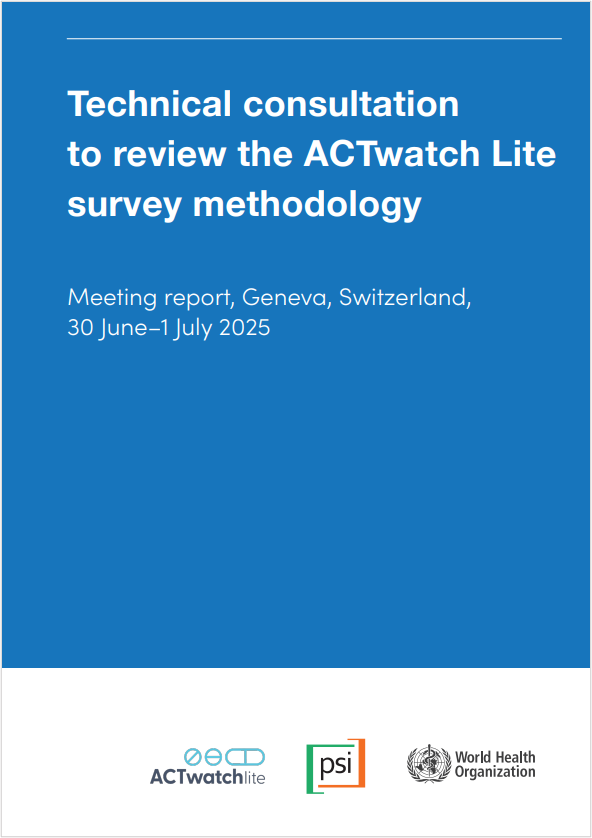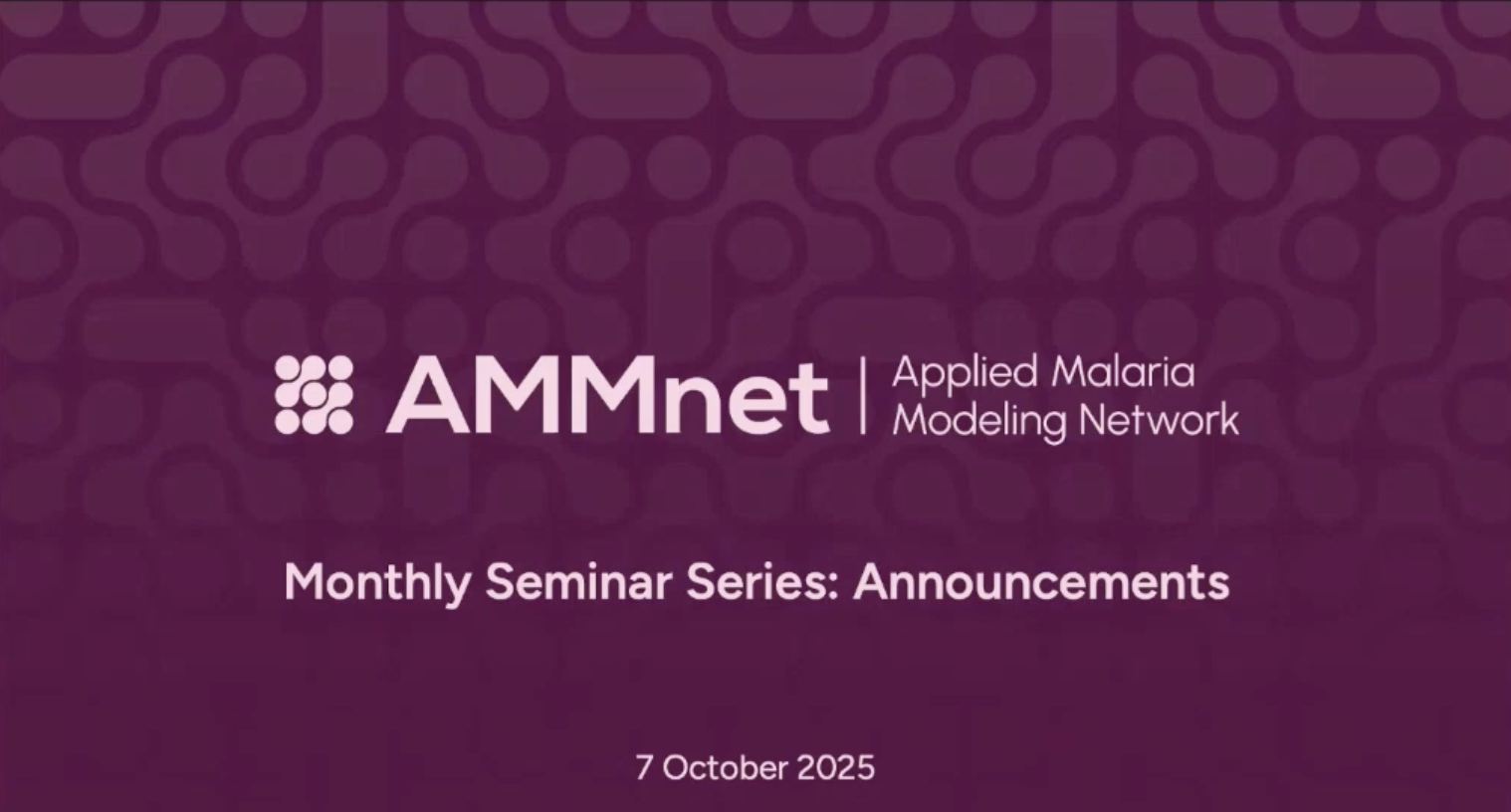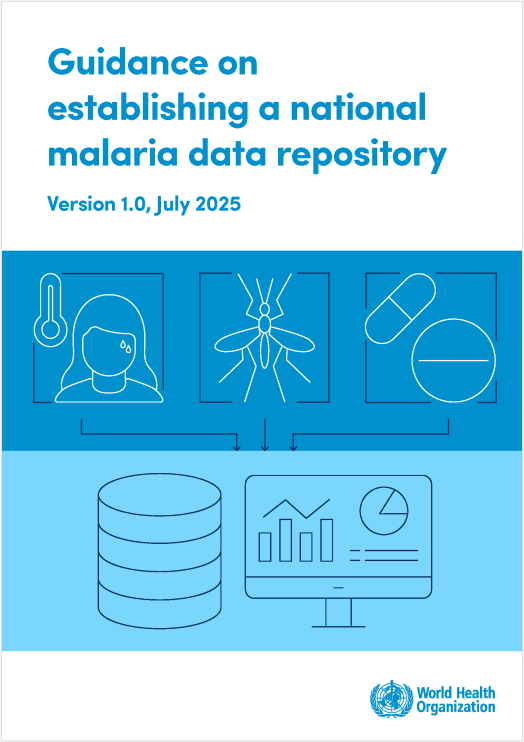Last Updated: 28/01/2025
Study of the Plasmodium-HPSP interaction and the course of infection in malaria using murine Plasmodium berghei models
Objectives
*Original title in Portuguese: Estudo da interação Plasmodium-HPSP edeiro e do curso da infecção na malaria utilizando modelos murino-Plasmodium berghei
In this project, using the murine/Plasmodium berghei models, it is expected to identify the processes that involve the immunomodulation promoted by the infection and the inflammatory response induced by the innate immune system in addition to obtaining knowledge about the mechanisms that involve the molecular patterns associated with Plasmodium and its recognition receptors in innate immune cells and that trigger a critical inflammatory response for the early control of the parasite.
Malaria is not a simple disease. Differences in the manifestation of the disease range from severe anemia, cerebral malaria, placental malaria, acute respiratory distress syndrome to multiple organ failure, which add to the complexity of malaria pathology research. The pathology of severe malaria is multifactorial in nature, where both the parasite and the host contribute to the severity of the disease. Animal models for experimental malaria continue to provide important information about host-parasite interaction. The mechanisms involved in the pathophysiology associated with malaria are still largely unexplored. The pathology of severe malaria is primarily determined by adhesion interactions between infected erythrocytes and human endothelial cells. These adhesion interactions lead to the sequestration of infected erythrocytes in the microvasculature, which benefits the parasite by preventing clearance in the spleen. Unfortunately, this sequestration also leads to vascular occlusion and inflammation, which are major contributors to the severe pathology of malaria. Classically, three forms of adhesive interactions have been described: cytoadhesion of infected erythrocytes to endothelial cells, rosetting with uninfected erythrocytes, and platelet-mediated clumping of infected cells. These interactions are mediated by the P. falciparum erythrocyte membrane protein 1 (PfEMP1) family, variant antigens expressed on the surface of infected red blood cells that interact with multiple host receptors, including ICAM1, CD36, E-selectin, and endothelial protein C receptor. There are approximately 60 different variants of PfEMP1, which are encoded by genes in the var family but only expressed one at a time. Depending on which var gene is expressed, the parasite modifies the antigenic properties of infected erythrocytes, which allows it to evade the host’s immune system, but also alters the binding specificity for host receptors. In this sense, an investigation about the interaction of the parasite and the immune response becomes pertinent. In addition to understanding, in part, how this inflammatory response can be altered and generating a harmful immune response to the host, interfering with the cellular and humoral adaptive response through the dysregulation of CD4+ T cells and dysfunction of B cells. Therefore, the elucidation of these mechanisms pathogenic and immunological factors is the key to understanding cerebral malaria and the acute respiratory distress syndrome associated with malaria. This project, therefore, opens up prospects for new treatment options, immunotherapeutics and vaccines against this parasitic disease that is so relevant. This project has the collaboration of IOC/Fiocruz-RJ
Jan 2022


